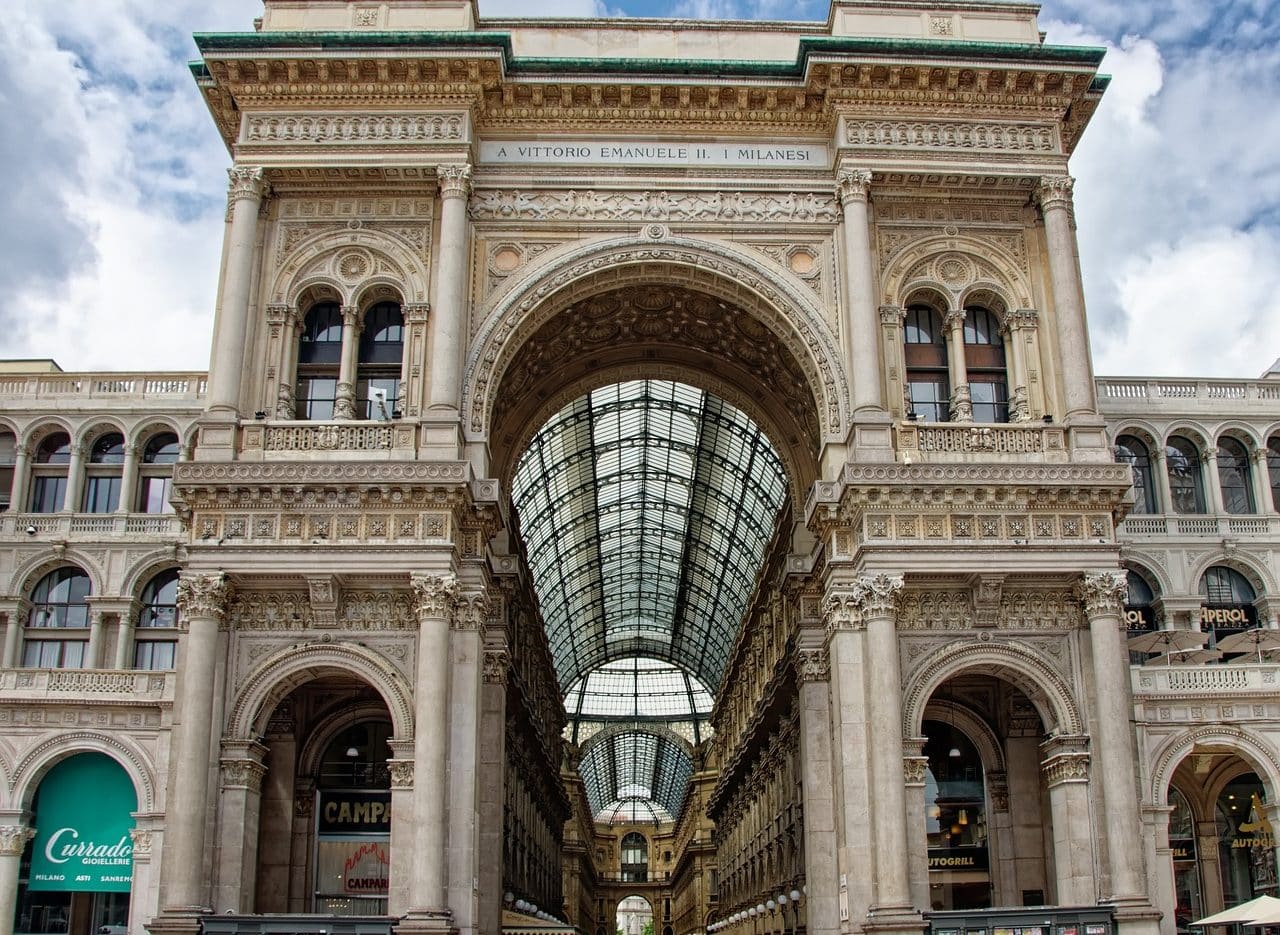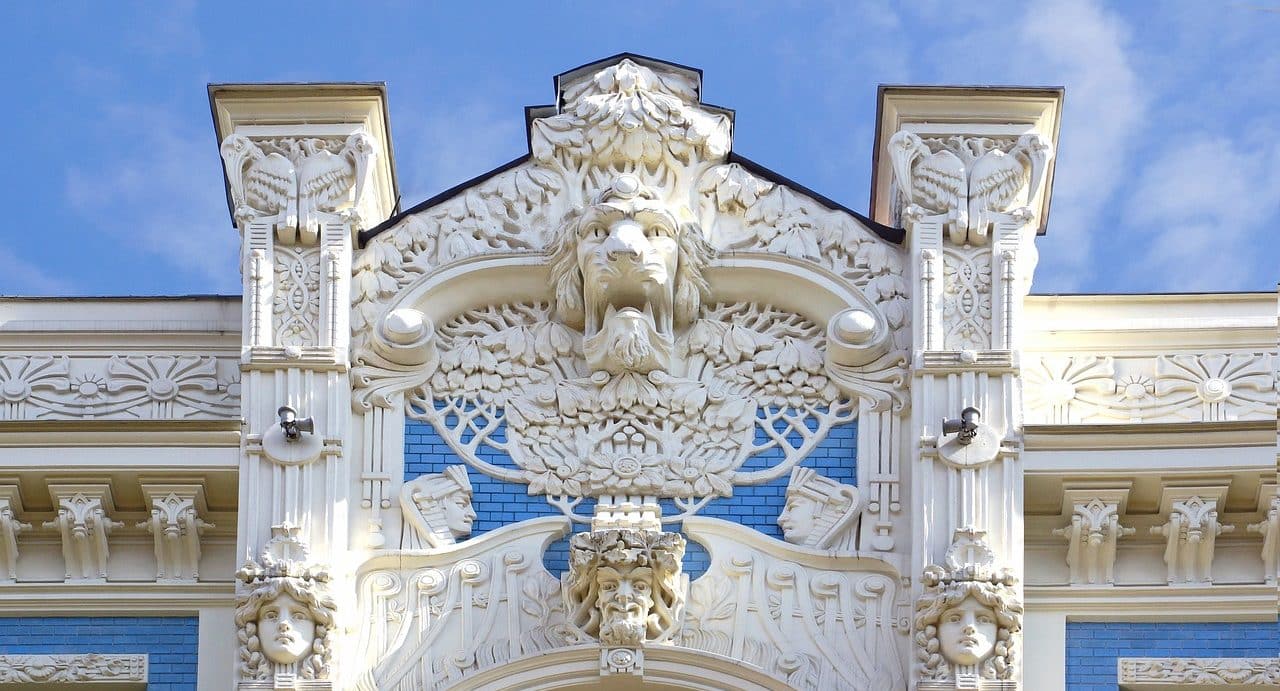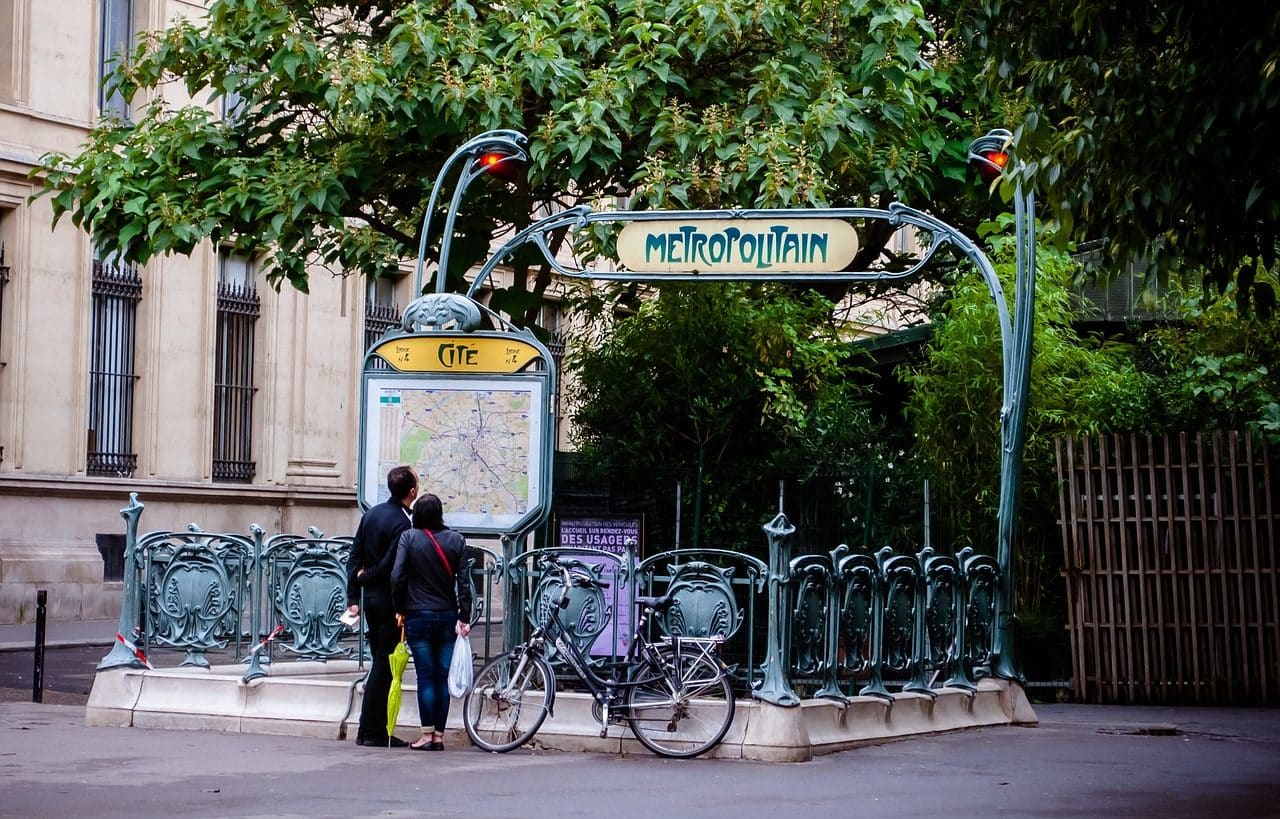
Art nouveau contributed to the development of iron and glass architecture.
Art nouveau is a phrase in the French language that refers to an artistic and architectural movement that developed between the end of the 19th century and the beginning of the 20th century . The concept is usually used as a synonym for modernism .
Before moving forward, it is important to note that the dictionary of the Royal Spanish Academy ( RAE ) recognizes this phrase , indicating that it should be written in italics because it is a foreign voice.
Continuing with correct writing, the Urgent Spanish Foundation ( FundéuRAE ) clarifies that it must be written in lower case and without an intermediate hyphen between the words . If you do not have the possibility of using italics, the FundéuRAE recommends using quotation marks (“art nouveau”).
Characteristics of art nouveau
It is important to note that, although art nouveau is generally used as a synonym for modernism , the RAE defines it as a current that emerged within modernism itself. According to this position, modernism is broader than art nouveau , it transcends it.
The main characteristics of art nouveau are the attachment to nature themes (floral motifs are frequent) and the use of curves (with sinuous shapes and wavy lines) . Asymmetry , on the other hand, is usually present in the works.
Although art nouveau did not completely reject technology or industry, it privileged craftsmanship and classical techniques . At a general level it can be said that it sought to highlight the aesthetic value of everyday life and that it supported the democratization and socialization of art .
Innovation , originality and freedom were three of the pillars of art nouveau . Its promoters tried to break with the dominant styles of their time, providing a new perspective.

Natural elements are very important in art nouveau.
Main references
Various figures contributed to the development and popularity of art nouveau in different parts of the world. In French territory, for example, Eugène Viollet-le-Duc stands out, who carried out valuable restoration work on medieval buildings, in addition to creating paintings. Also notable are the architect Hector Guimard , the glassmaker and jeweler René Lalique , the jewelry designer Georges Fouquet and the artist Emile Gallé.
The Austrians Gustav Klimt and Otto Wagner are also mentioned as exponents of art nouveau , as are the Spaniards Ramón Casas and Antoni Gaudí ; the Belgians Paul Hankar and Victor Horta ; the Czech Alfons or Alphonse Mucha ; the Scot Charles Rennie Mackintosh ; and American Louis Comfort Tiffany (son of the founder of Tiffany & Co ). In the United Kingdom , the figures of John Ruskin and William Morris appear.

Art nouveau shines in advertising posters, posters and lithographs.
Great works of art nouveau
At the beginning of the 20th century , the stations and entrances of the Paris metro were designed by the aforementioned Hector Guimard . Thus, each Paris metro station from that era is a testimony to the best of art nouveau with the use of wrought iron, dragonfly motifs and careful poster design, for example.
The poster for the cabaret "Le Chat Noir" is also considered an emblem of art nouveau . It was designed by Théophile Alexandre Steinlen and, with its famous black cat, became a symbol of Paris .
The French city of Nancy , meanwhile, is a place that achieved international significance thanks to art nouveau . In fact, the movement known as the Nancy School emerged there, which flourished between the end of the 19th century and the beginning of the 20th century and left behind pieces of furniture, decorative ceramics, textiles and tapestries that can be admired in the local museum and elsewhere. of the town.
Catalan modernisme , on the other hand, is associated with art nouveau . The Palace of Catalan Music by Lluís Domènech i Montaner and works by Antoni Gaudí such as Casa Batlló and Casa Milà are among its jewels.
The Paris Universal Exhibition
One of the highest points of art nouveau occurred within the framework of the Paris Universal Exhibition , an event of enormous proportions that took place between April 15 and November 12, 1900 in the French capital.
The Paris Universal Exposition spread over 120 hectares and was visited by nearly 50 million people . Although the spirit of the exhibition was to highlight the benefits of modernization and the progress towards industrialization , in the artistic field the rescue of the influences of the past was valued.
In this way, art nouveau was predominant in many of the pieces exhibited and the works created for the occasion. In fact, at the Paris exhibition there was a pavilion designed by Edward Colonna , Georges de Feure and Eugène Gaillard that bore the name L'Art Nouveau and garnered great recognition from visitors. Due to its characteristics, Paris 1900 was one of the most outstanding universal exhibitions in history, whose legacy is still often highlighted by specialists in art and other subjects.
